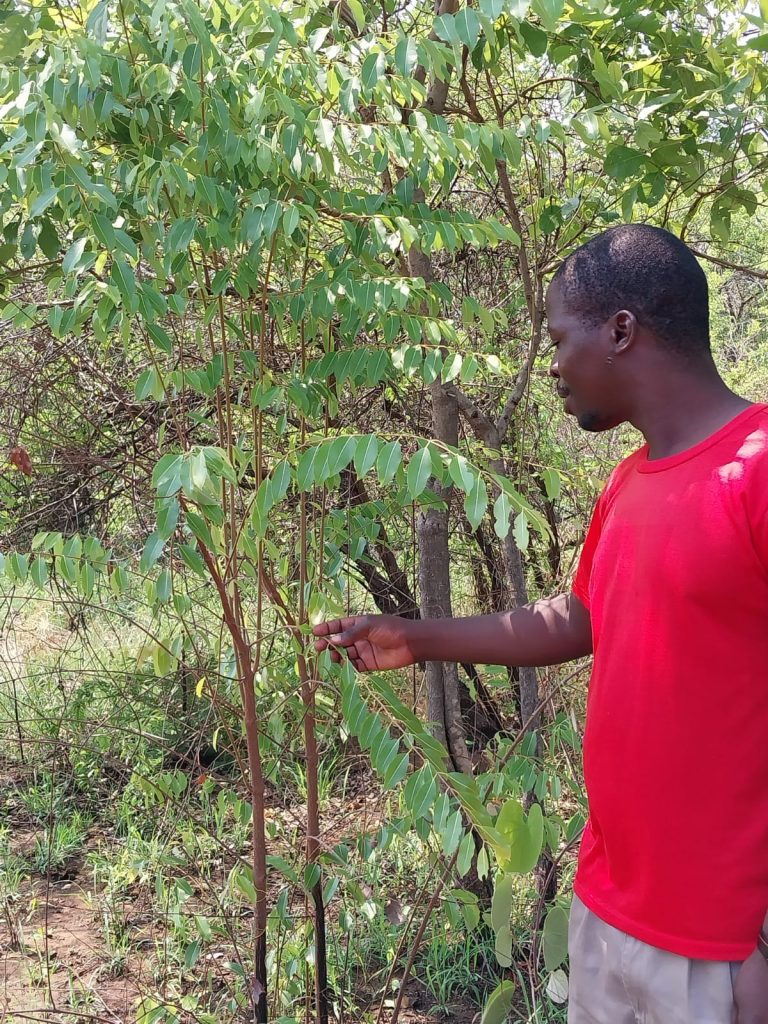Restoration of Forest and Biodiversity and Generation of Sustainable Income from Communities
ARR Project in Tete Province in Mozambique
Mopane regeneration in Moatize district
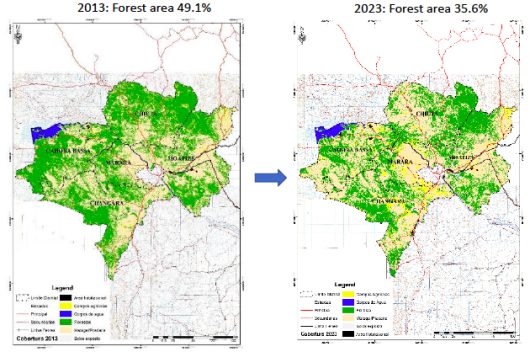
Baseline: Forest Coverage in 2013 – 2023
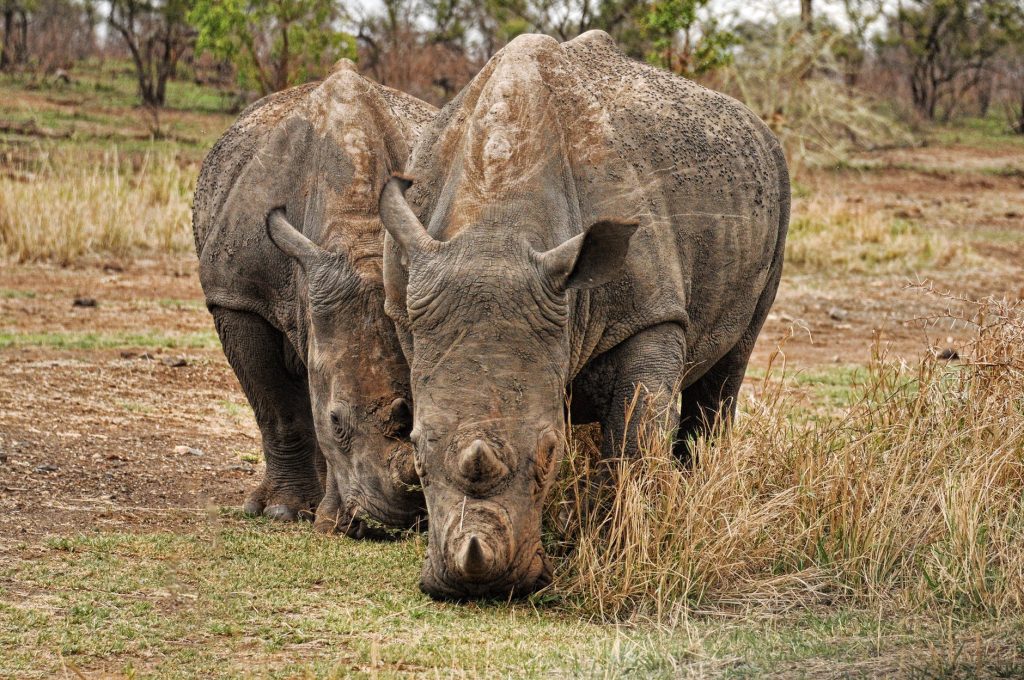
Benefits of the Project
Environmental Benefits: this project aims to stop deforestation, restore forest and biodiversity, and generate more sustainable income from forest products such as honey, fruit products and sharing carbon credit, substitution income from unsustainable use of natural resources. Our target is to restore forest of 113,356 ha and remove 356,498 t CO2 emission by natural regeneration and planting of Mopane woodland and Miombo woodland.
Generation of Sustainable Income and Employment and Promotion of Industry: the project generates sustainable income from forest products and carbon credits. In addition, the project generates employment and promote processing of forest products.
Improvement of Soil Fertility and Modern Agriculture to Prevent Deforestation: this project intends to prevent the unplanned expansion of agricultural land and traditional slash and burn, and settle agricultural land by nature-based fertilizers, land use plan, equipment, and trainings.
Empowerment of Women: this project gives women equal opportunity to employment, access to agricultural inputs and forest products, agroforestry business, participation in community meetings and benefits from carbon credits. We ensure at least 40% of employment and project participation to women.
Project Features and Goals
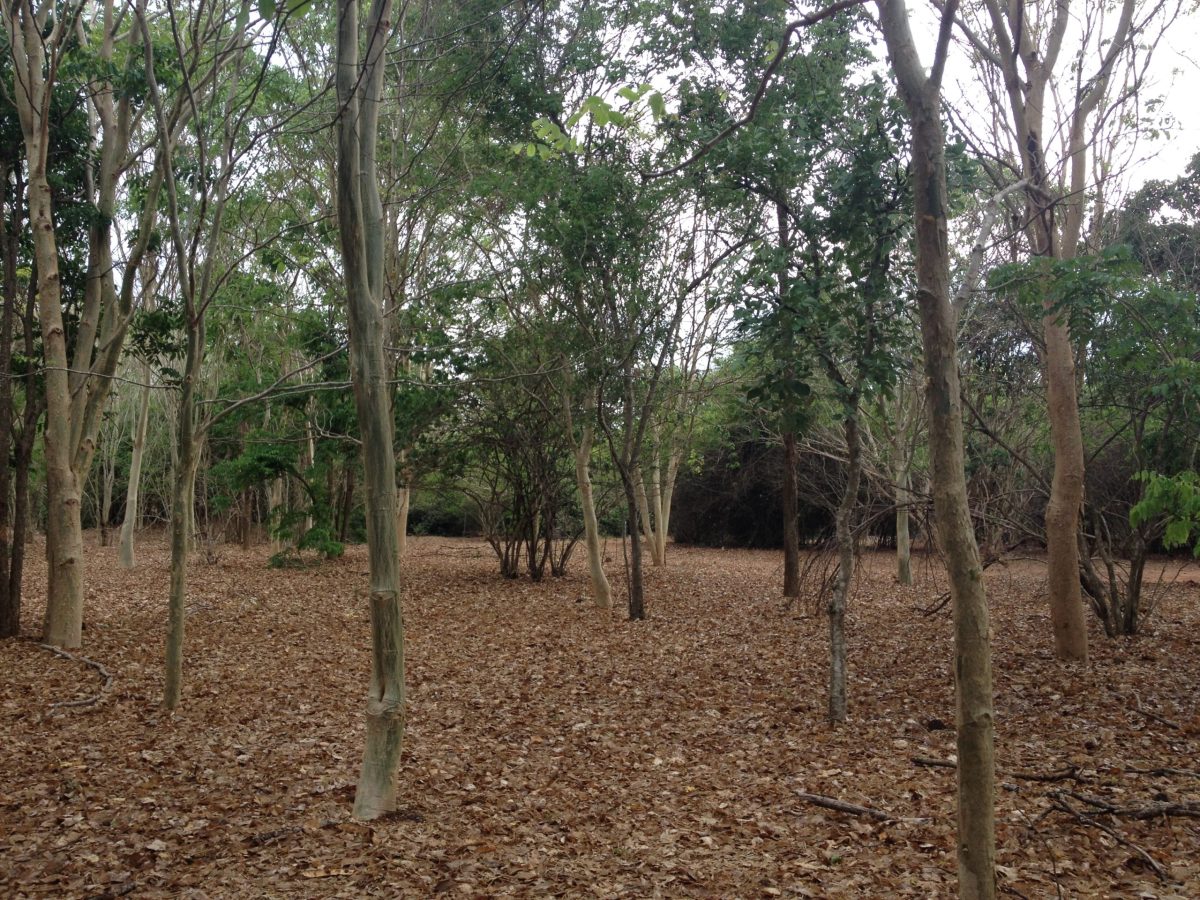
Forest Conservation
Our Target: 46,671 ha. Estimated GHG emission reduction: 83,472 t CO2 annually
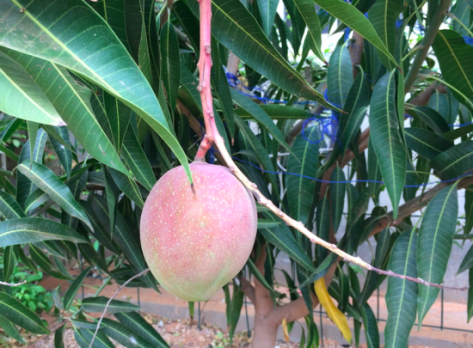
Generation of Sustainable Income
from forest products such as honey, fresh fruits, cashew nuts, coffee, nature-based fertilizer and pesticide, juice, and sharing carbon credits with communities

Empowerment of Women
by ensuring at least 40% of employment and project participation and trainings to women

Forest Restoration
Our Target: 113,356 ha. Estimated GHG emission removal: 356,498 t CO2 annually
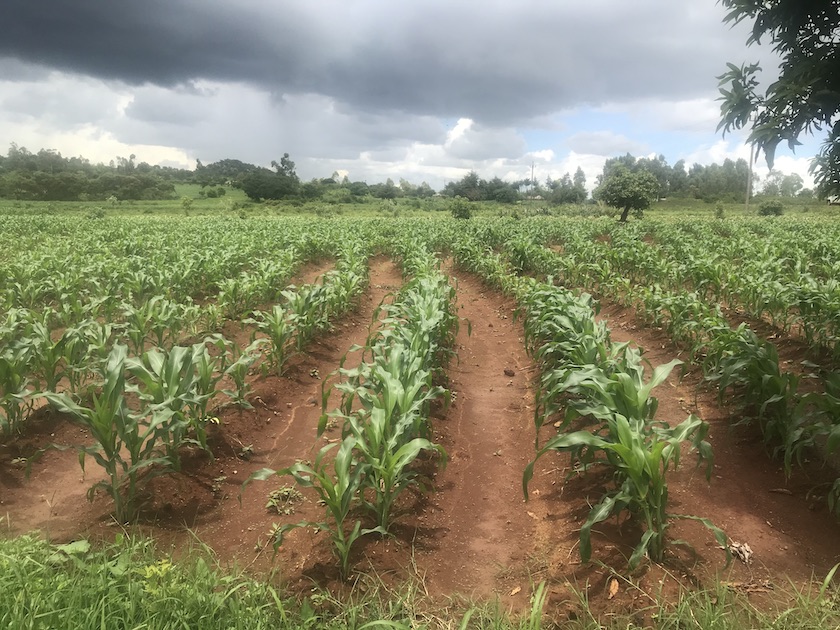
Sustainable Agriculture
Stop traditional slash and burn and deforestation by preparing land use plan in each village, application of nature-based fertilizer for improving soil fertility, and trainings on modern agriculture
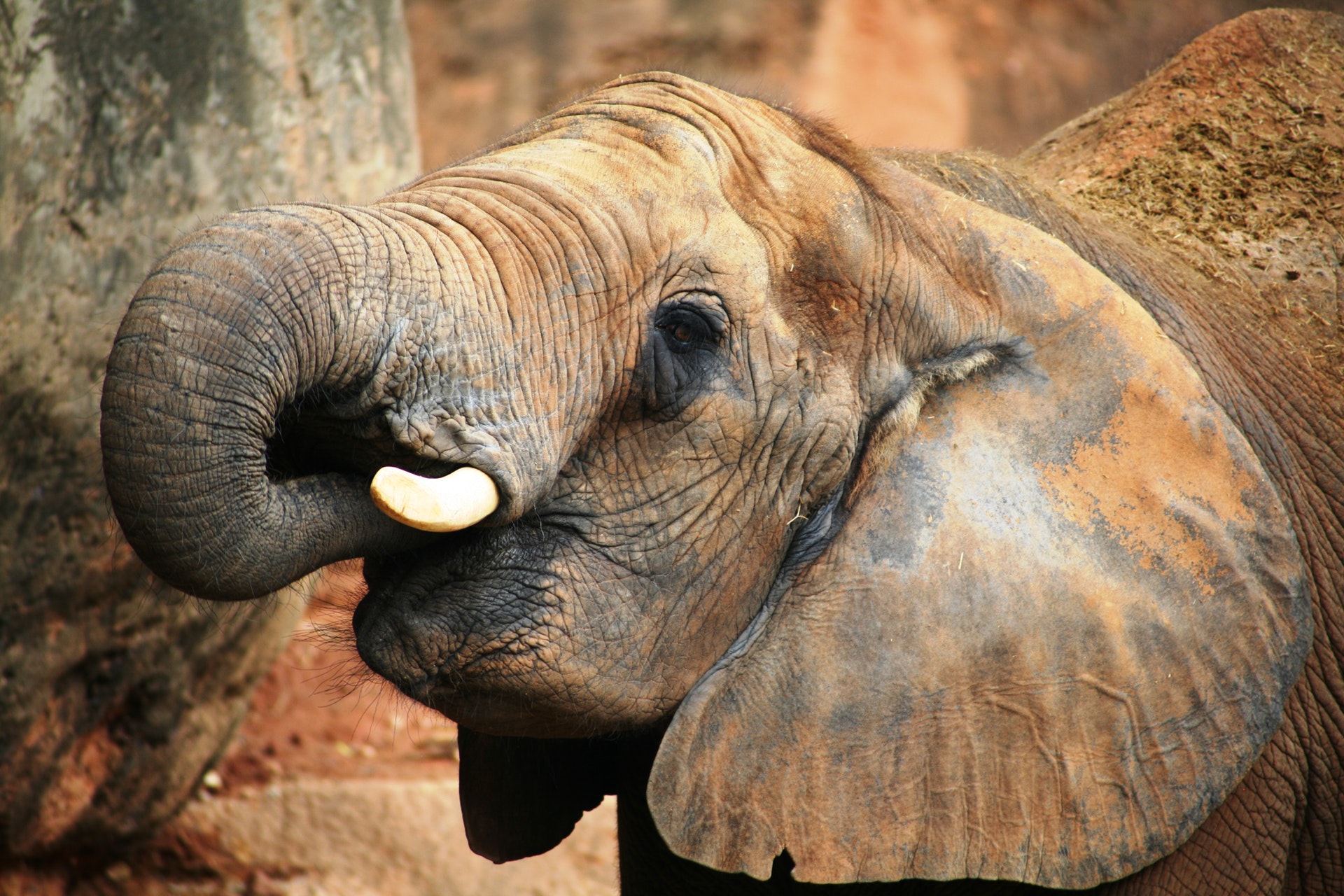
Conservation of Biodiversity
The project conserves protected species and supports the conservation area in frontier forests near the Magoe National Park and the Tchuma-Tchuma Cahora Bassa Lake Key Biodiversity Area (KBA)

